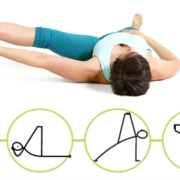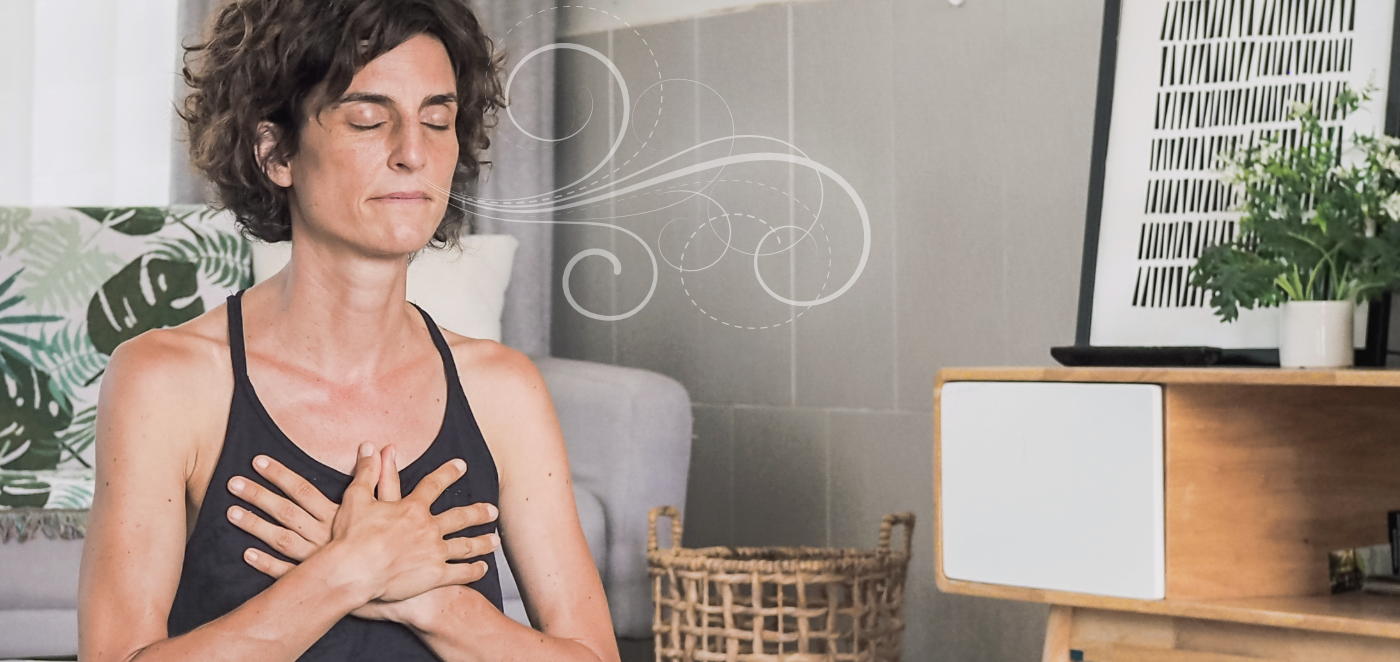The role of asana as an intervention tool for collaborating with clients and small therapeutic groups around trauma


A painting is often a complex combination of the totality of it and the independent parts of it that come together to form the work of art. So, too, is our work with clients. Through assessment, we begin to see parts of the whole and then the wholeness of another human being. As we become more educated about another’s experience, we begin the process of co-creating the goals based on the client’s needs and applying the yoga tools that will help them.
There are a variety of intervention tools that we can use to help clients manage symptoms and reclaim their lives. I find that the Pancamaya model is an organizing structure that helps keep me centered on the wholeness of each person. (1, 2)
In the Pancamaya model, the organizing structure is around the dimensions of who we are as human beings. The five layers, or human dimensions, include:
Annamaya Layer – Physical Body
Pranamaya Layer – Physiological Functions
Manomaya Layer – Intellect, Cognition, Senses
Vijnanamaya Layer – Personality, Character, Values, Priorities
Anandamaya Layer – Connection, Capacity for Happiness
In this blog, let’s explore the Annamaya layer or physical body. Our primary yoga tool for working with the physical body is asana. Asana is often the doorway in and first experience westerners have of yoga.
I see many clients who have had physical injuries because of a traumatic accident, attack, or other experience. Adaptation of asana and appropriate sequencing are often key to relieving pain, reducing muscle tightness associated with chronic stress, and aiding in continued physical healing.
In the Viniyoga™ tradition, asana is always breath centered. Moving with a phase of the breath provides a way to actively befriend the breath and focus the mind.

Choose asanas and adaptations that will serve the practitioner(s), sequencing them for individual physical needs and the time of day. Simple is often better when clients are new to yoga practice. Too much newness or complexity may be frustrating, especially for someone living with post-traumatic stress symptoms. The asana is the “carrier” for the breath, so simplicity allows an experience of breathing more deeply without overt attention to the breath, which may be unnerving for some clients.

There is value in considering adaptations as clients become more comfortable with basic postures.
I’ve found that many clients benefit from adaptations that are specific to working with their injuries or areas of chronic tension. In addition, the use of contra-lateral movements focuses attention and prepares for nostril-valving techniques. An example would be doing the posture, Urdhva Prasarita Padasana, with a contra-lateral adaptation.

How asana is taught in trauma recovery settings requires a fair amount of discernment. The words grounding, embodying, and empowering are always top of mind for me. How we teach asana can promote awareness or neuroception. What’s happening in that inner surveillance system that monitors safety and risk? How are my reactions to my assessment of risk impacting different areas of my body, my responses, and my actions? (3)
Learning to place and move one’s body in space is proprioception. Providing a brief demonstration and clear, concise, and concrete instructions delivered in digestible chunks can help cultivate proprioception. Allowing for individual variation promotes a place of safety and acceptance. Worry less about everybody getting everything right and more about giving clients a reasonable experience of feeling grounded and empowered in their bodies.
Once a client knows how to move their body in space, they can begin to learn through their body. As sensations are experienced and understood, a client develops more interoception. Individual awareness of interoceptive experiences can be vital in helping manage anxiety and panic attacks often seen in post-traumatic stress. (4)
Every client we see needs to be the hero of their own life. All grand performances of asana teaching can be set aside. As we guide asana, it’s all about the client. There is no need to pay homage to any particular form of an asana. One of my goals with clients is to help them feel autonomous and proficient in being able to practice at home. You can often see in the classroom (even online!) what clients are taking to through observation and their feedback.
Here is an example of a simple home practice for a client who had experienced significant injuries from an accident and was managing chronic pain in addition to post-traumatic stress. You can see that the asana is simple but adapted to help reduce neck pain.
Read more of Mary’s posts on working with trauma >
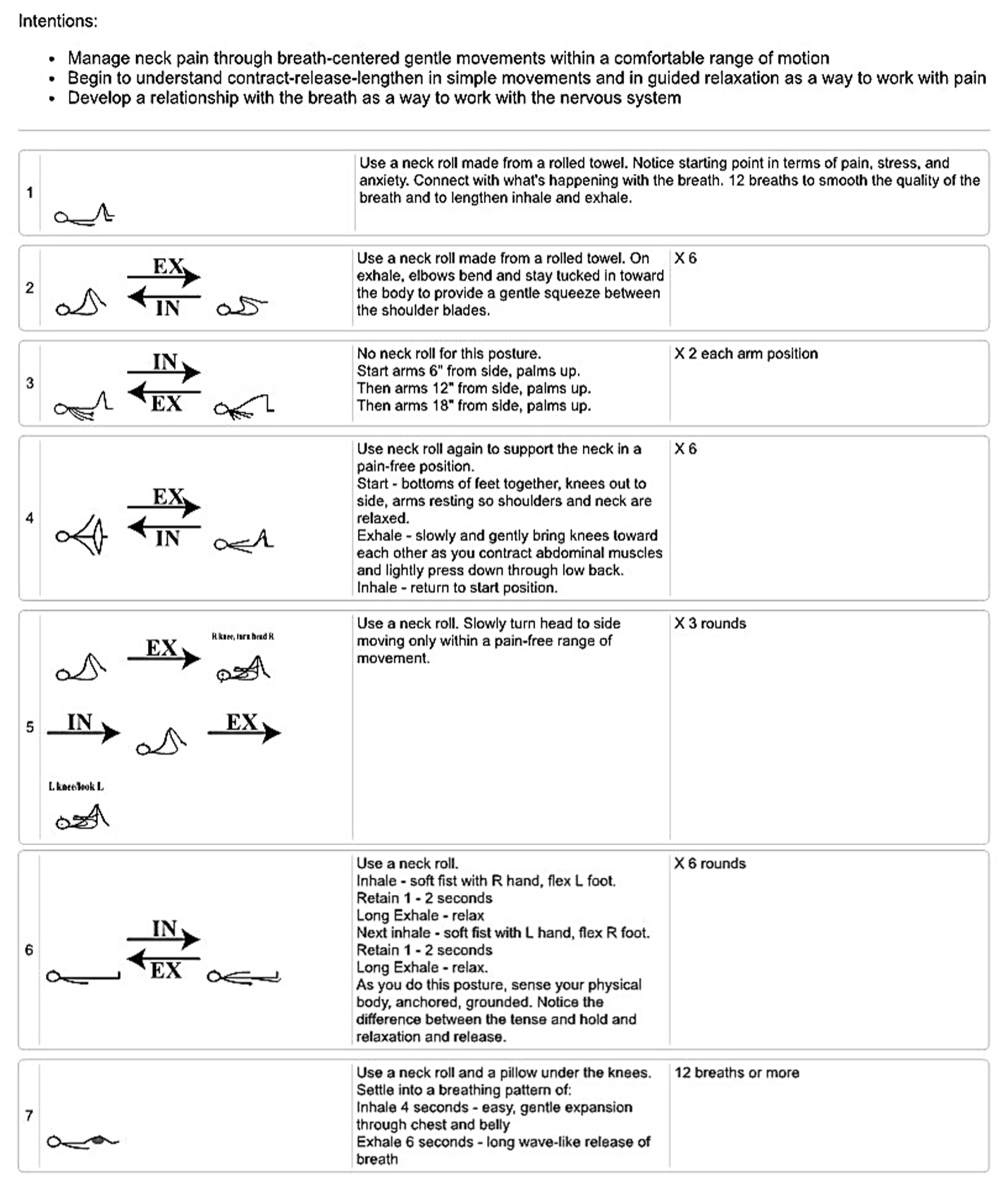
Check out Mary’s Real-Life Case Studies video series, available exclusively to Sequence Wiz members. Learn more about Case Studies at Sequence Wiz >)
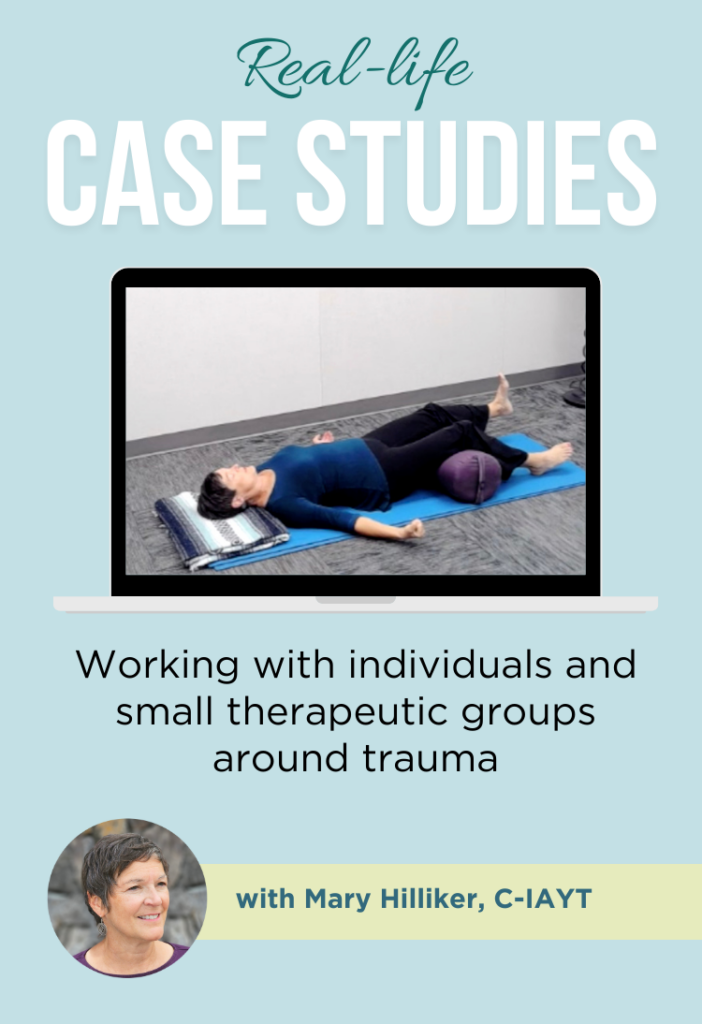
Part 1: Introduction and an overview of the case studies
Part 2: Using micromovements, langhana breathing, and personal mantra to deal with the trauma of a vehicular accident
Part 3: Using breath-centered asana, segmented breathing, and five senses meditation in a therapeutic group
Part 4: Using standing poses, brief breath retention with lengthened exhale, and mantra to regain personal strength
Part 5: Conclusions and lessons learned working with clients and small groups around trauma
About Mary
Mary Hilliker is a Registered Dietitian/Nutritionist, an experienced yoga teacher at the E-RYT 500 level and a Certified Yoga Therapist with the International Association of Yoga Therapists (C-IAYT). She studied with Gary Kraftsow of the American Viniyoga Institute for the last 20 years.
Mary owns and operates River Flow Yoga Teacher Training School, a Yoga Alliance RYS-200 and RYS-300 in Wausau, Wisconsin. She is a business partner and teacher/yoga therapist with 5 Koshas Yoga & Wellness in Wausau, WI. In that role, she focuses her time on individualized Yoga Therapy, teaching Yoga Therapy groups, webinars and special events, training yoga teachers, and providing continuing education for yoga teachers and yoga therapists.
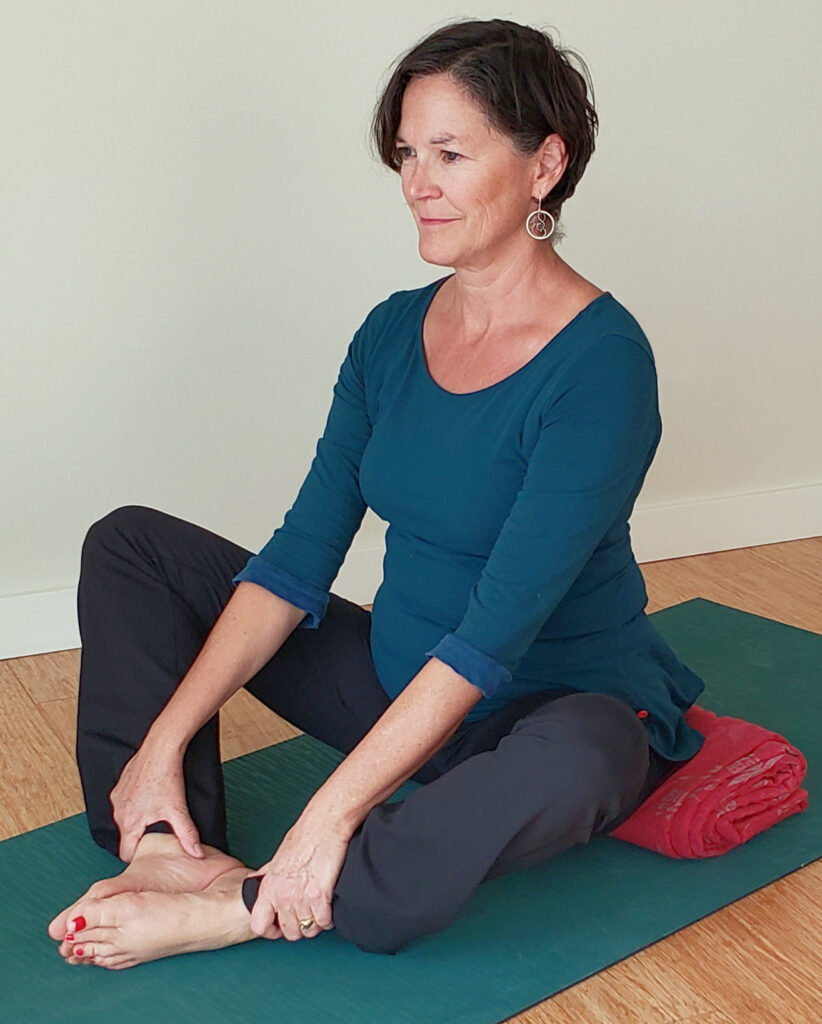
References
- Yoga for Transformation by Gary Kraftsow (affiliate link)
- Why Yoga Works & How It Can Work for You by Robert Birnberg, Christine Dormaier and Fran Ubertini (affiliate link)
- The Polyvagal Theory in Therapy: Engaging the Rhythm of Regulation by Deb Dana (affiliate link)
- Thinking Through the Body: The Conceptualization of Yoga as Therapy for Individuals With Eating Disorders, Eating Disorders by Laura Douglass (2010). The Journal of Treatment & Prevention, 19:1, 83-96.

